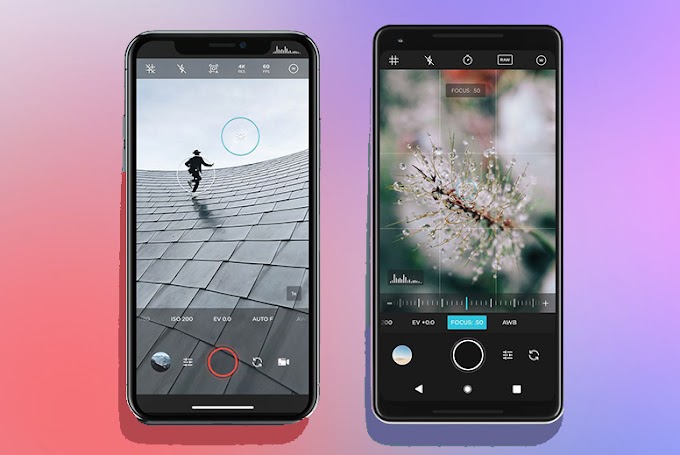What is design thinking and how is it helpful?
Design thinking is extremely helpful in solving problems that are ill-defined or unknown. Design thinking is an iterative method that helps resolve user issues or redefines problems in alternative strategies and solutions that might not be instantly apparent with our initial level of understanding.
Some of the famous companies using design thinking are :
Pepsico
Brawn
Bank of America
Bank of Ireland
GE healthcare
Stanford health and many more
Why design thinking is important?
Design thinking solves problems using human-centric techniques,s it is an iterative process and it understands user challenges and redefines problems.
It promotes a solution-based approach
It helps develop empathy with the target user
The last advantage is it promotes adopting a hands-on approach to prototyping and testing.
The design thinking process is widely used in industries and was created by the Stanford d school.
There are total 5 Phases of Design Thinking
1. Empathize - Empathize With users to get a better understanding of the problem.
2. Define - Note and document the information you find in the emphasize phase to identify the exact problem you should work on.
3. Idate - Strategize solutions for the problem identified in the define phase.
4. Prototype - Create a prototype of the design solution that you finalized in the idate phase.
5. Test the design solution - Since design thinking is an iterative process you can redefine the solution based on the test results.
Let me give you important information always remember that the five phases/stages or modes are not always sequential this process does not follow any specific order and can be applied once or can be repeated iteratively.
What are the four important pillars of design thinking?
So the four important pillars of design thinking are :
1. Understood by asking the user's need
2. Explored by finding patterns
3. Prototype by making tangible
4. Evaluated by always iterating
A small example of pillars of design thinking
Tv remote control, there has always been an evolution in remote controls earlier people use universal remotes. The major disadvantage of a universal remote is the complexity, the remote had a lot of buttons which made an individual difficult to understand.
Then came smart remotes managing the physical keys of the remote control device is not easy but with smart remotes, users had only the major keys which were easy to operate.
An individual does not have to depend on the remote completely like in earlier days not just that a smart remote can be operated via mobile phones as well isn't that simple and creating, of course, it is this evolution was done with the help of design thinking.
The design thinking process serves as a strong foundation to formulate reliable strategies that result in good products.



---.png)

.png)


Please do not enter any spam link in the comment box